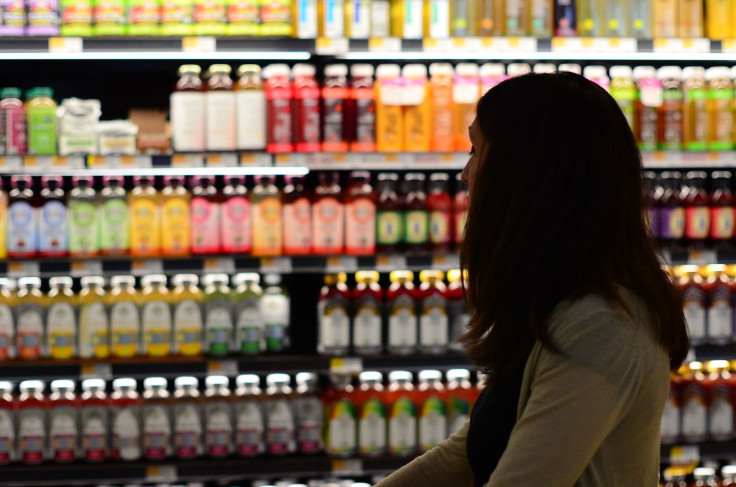GDP Grew By 5.7% In 2021 Due To Late Surge In Spending

The U.S. economy topped off 2021 on a strong note, notching a 5.7% increase in gross domestic product (GDP) despite risks from COVID-19 and inflation.
The Commerce Department reported on Thursday a robust 6.9% rise in GDP during the fourth quarter. The growth was led primarily by the wholesale and retail sectors, particularly among auto-dealers. Increases in exports and services as well as a final-quarter surge in consumer spending buoyed the economy.
This was the highest GDP growth since 1984, when the economy was similarly rebounding from a recession.
For all of 2021, the economy grew 5.7%, adjusted for inflation. That's the best year of growth since 1984. pic.twitter.com/OUcWr1o785
— Ben Casselman (@bencasselman) January 27, 2022
But 2022 is likely to include difficulties for the U.S. economy. A decrease in government assistance payments in the form of forgivable loans to businesses, grants to state and local governments and social benefits to households has the potential to slow spending or investment. Spending may also be crimped as more Americans express concern that inflation will persist well into 2022.
According to the Commerce Department, the impact of COVID-19 on final-quarter GDP was hard to quantify. Last year saw the spread of the Delta variant throughout the summer and the new Omicron variant has quickly raised concerns over its transmissibility. Some businesses like restaurants or movie theaters remain under pressure after being battered by the pandemic for nearly two years.
Monetary policy is in flux as the Federal Reserve begins to shift its focus from keeping firms afloat to taming inflation. On Wednesday, the central bank announced its last round of asset purchases as it prepares to raise interest rates this year after keeping them at rock-bottom lows.
It is expected that the U.S. economy still has room to expand in the new year, albeit at a slower pace. For 2022, the International Monetary Fund has forecast that the nation’s GDP growth will slow to 4%, owing to the strain from Omicron and inflation.
© Copyright IBTimes 2024. All rights reserved.





















